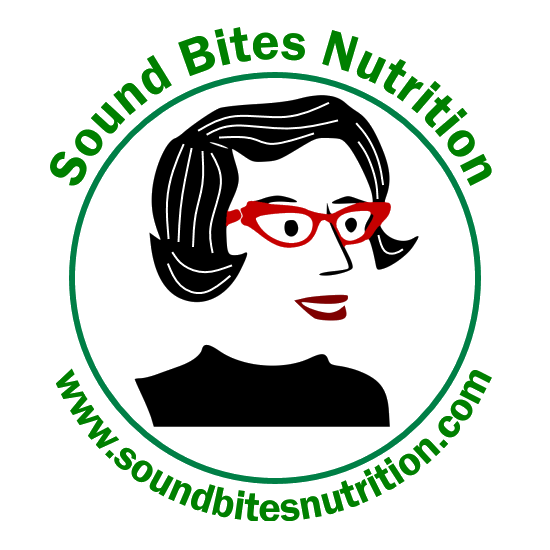Can Ultra-processed Food Be Part of a Healthy Diet?
I’m often asked by clients, what foods are considered “ultra-processed”? Believe it or not, unless you’re growing your own food or slaughtering your own animals, all food is processed in some form or fashion. Whether it’s corn that’s been changed to corn syrup or apples that have been cleaned prior to being placed in the store, our food undergoes some form of processing.
New research suggests that we can build a nutritious diet using mostly ultra-processed foods. Using the 2020-2025 US Dietary Guidelines, Scientists at the USDA Agricultural Research Service’s (ARS) Grand Forks Human Nutrition Research Center completed a study to show that it’s possibly to make your diet healthy using 91% of the calories coming from ultra-processed food. These foods come from a classification known as the NOVA scale.
“According to current dietary recommendations, the nutrient content of a food and its place in a food group is more important than the extent to which a food was processed.”, states ARS nutritionist Julie Hess at the Grand Forks Human Nutrition Research Center. The study indicates that healthy eating patterns can still occur using processed foods.
The NOVA scale was used to find which foods were classified as ultra-processed. The NOVA scale was first introduced in 2009 and is often used in nutrition science to identify foods by how processed they are.
Foods are grouped into 4 categories on the NOVA scale: (1) Unprocessed or minimally processed foods; (2) Processed culinary ingredients; (3) Processed foods; and (4) Ultra-processed foods.
A menu was designed by ARS scientists and collaborators to see if ultra-processed foods could be utilized to build a healthy diet. A 7-day, 2000-calorie menu of breakfast, lunch, dinner, and snacks was created using MyPyramid. Menus included foods considered ultra-processed by at least 2 NOVA testers. Foods chosen aligned with the 2020 Dietary Guidelines recommendations for servings from each food group as well as subgroups of fruits, vegetables, grains, protein, and dairy products.
Scientists chose foods that were lower in saturated fats and added sugars that still contained adequate carbs, fats, protein, vitamins, and minerals. A few on the menus included canned beans, instant oats, ultra-filtered milk, whole wheat bread, and dried fruit.
“We used the Healthy Eating Index to assess the quality of the diet as it aligns with key DGA recommendations,” said Hess. “The menu we developed scored 86 of 100 points on the Healthy Eating Index-2015, meeting most of the thresholds, except for sodium content [exceeded recommendations] and whole grains [below recommendations].”
Researchers will continue to study this concept, realizing that observational studies suggest that ultra-processed foods may be linked with poor health outcomes. This study shows that a variety of foods have a place when creating a nutritious diet. More research is needed in this area. Interventional studies would be very useful.
Below are other “ultra-processed” foods that can be included in a nutritious diet:
Cheese
Whole wheat tortillas
Enriched pasta
Breakfast cereal
Fruited yogurt
Obviously, the less processing your food undergoes, the better. Ideally, I suggest people choose fresh or frozen vegetables and fruit, whole/unprocessed grains, low-fat dairy products, and lean meat, fish, poultry and seafood.
Beans, lentils, nuts, and seeds as well as avocados also have a place in our diets and are highly nutritious. Seasonal fruits and vegetables will be less expensive, have better quality, and have higher nutrient content. As always, build your plate with a variety of nutritious food and always, always, be curious.
For more information on the NOVA scale, click here: Ultra-processed foods, diet quality and human health (fao.org)
